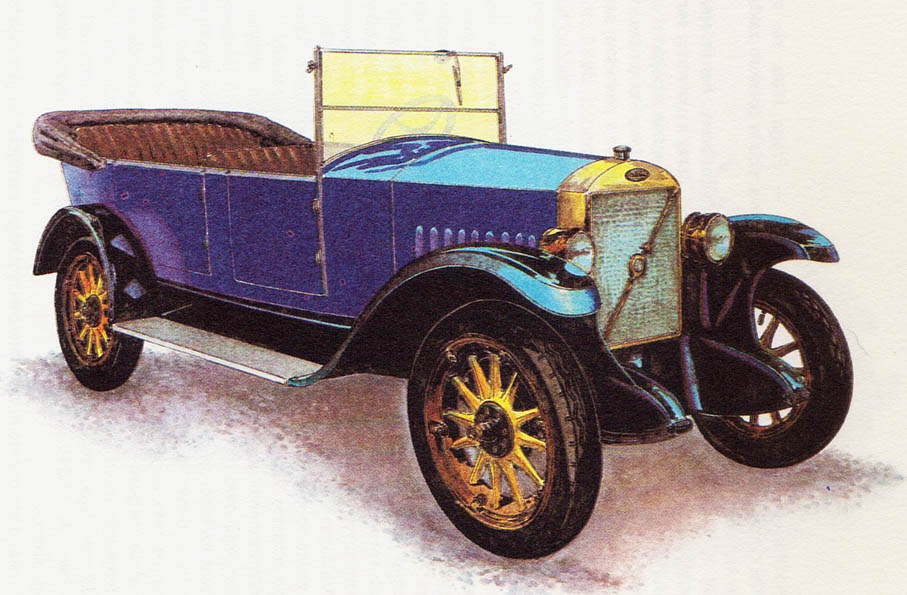VOLVO BELT 4 – year 1927
Manufacturer: AB Volvo Car Division, Gothenburg, Sweden.
Volvo's car production was started by two young people, merchant Assar Gabrielsson and designer Gustav Larson. W 1927 r "when Henry Ford ceased production of his most successful T model, on the other side of the Atlantic, in Gothenburg, the first serial Volvo car came off the assembly line. The factory designation was admittedly ÖV 4, but he was better known as Jakob.

Manufacturer: AB Volvo Car Division, Gothenburg, Sweden.
It had a 4-cylinder, water-cooled engine with a capacity 1944 cm3. Elegant 5 seater with power 20,7 kW (28 KM) developed maximum speed 60 km/h. The wooden cabriolet body was covered with sheet metal. However its strong, the durable structure was suitable for the bad Scandinavian roads, the open body was not suitable for the Swedish climate. Total performed 205 pieces of this model. Closed-body versions of the PV were soon to be produced. This time, the commercial successes did not take long to come and Volvo began to export its cars also to neighboring countries - Finland, Norway and Denmark.
W 1929 r. Volvo's first 6-cylinder car appeared. Inline, the water-cooled engine developed power 40 kW (55 KM). The vehicle developed top speed with hydraulic brakes and a synchronized gearbox 110 km/h.
The company presented its first car with a streamlined body line - the Carioca model in 1935 r., 6-the cylinder engine was already developing power 62 kW (84 KM). The independent suspension of the front wheels guaranteed comfort and good driving properties. Due to the high price up to 1938 r. only produced 500 copies of the Carioca model.
The attraction of the car exhibition in Stockholm in 1944. became PV 444. The car had a self-supporting body and an economical 4-cylinder engine with power 30 kW (40 KM).
W 1959 r. the company was the first in the world to equip its serial models with seat belts. Modern Volvo cars are known primarily for their solidity and reliability.